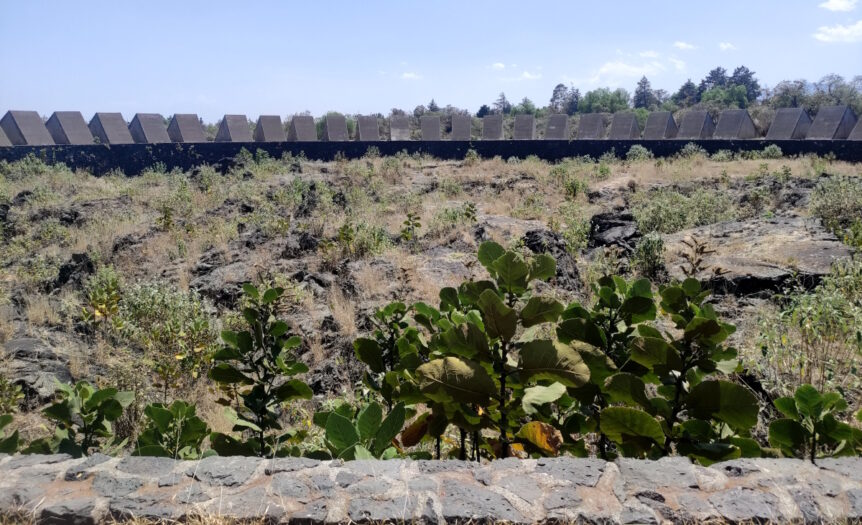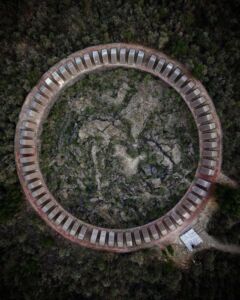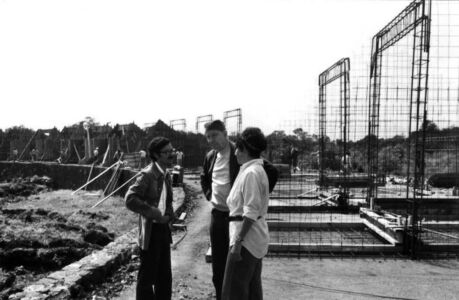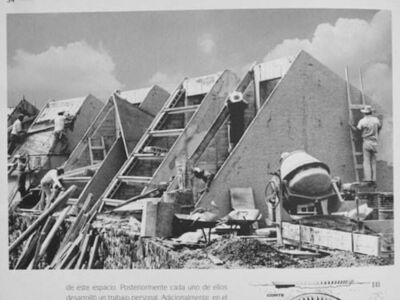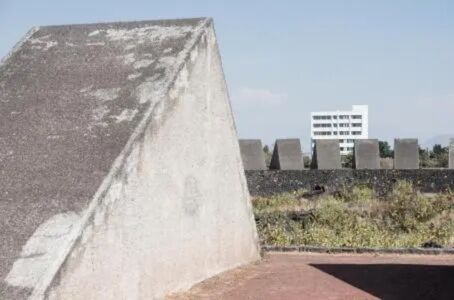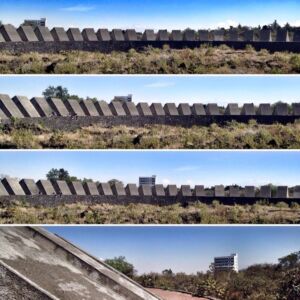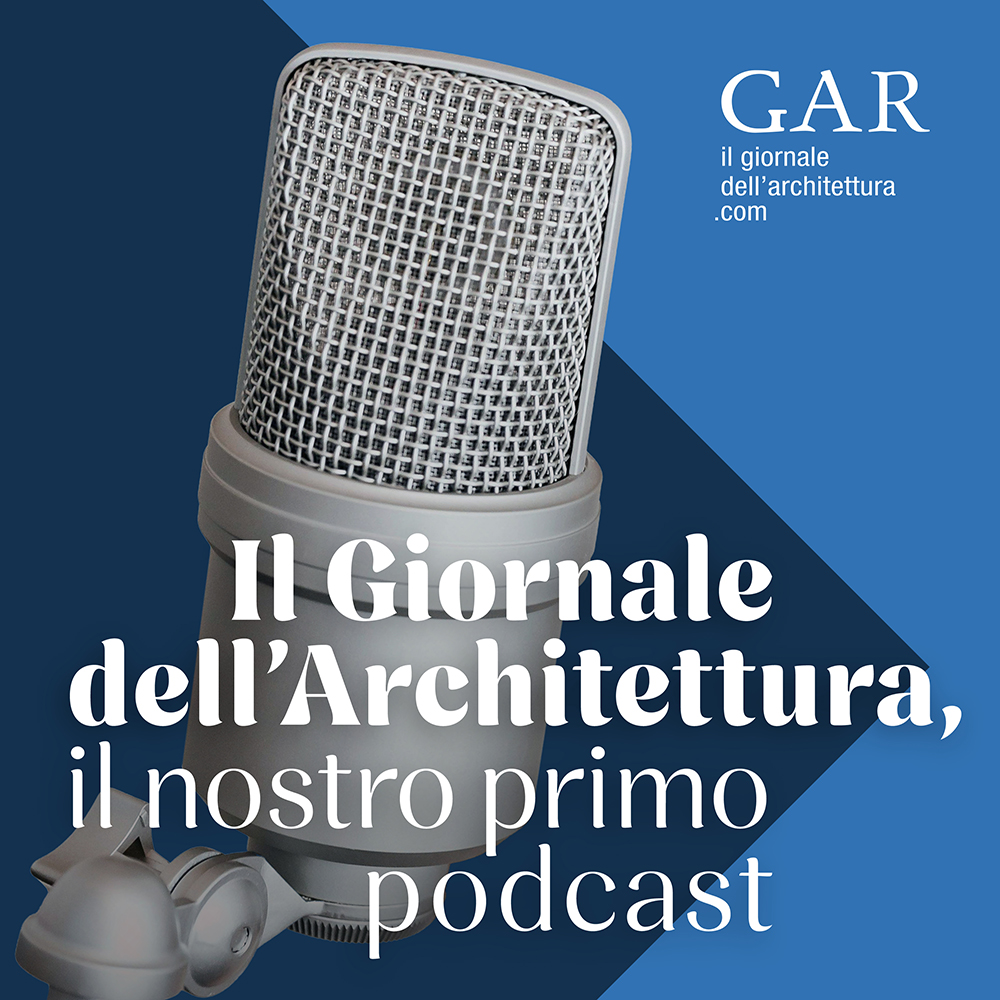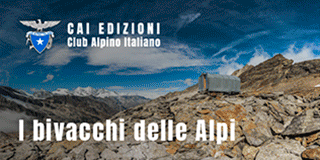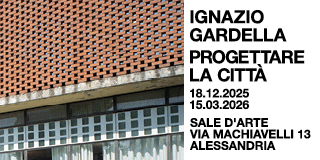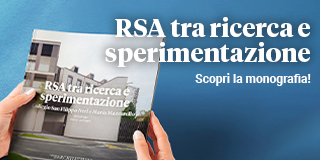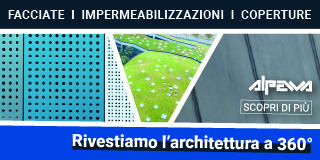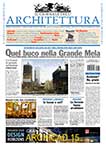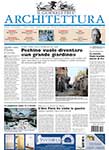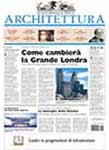The recognition of the 2024 edition at the Espacio Escultórico of the Universidad Nacional Autónoma de México, one of the most important public art works in Latin America
MEXICO CITY. Turning our gaze again today to the Espacio Escultórico of the Universidad Nacional Autónoma de México (National Autonomous University of Mexico), reminds us that it has been eight years since its defense began, a social movement led by the artist Pedro Reyes that promotes the rescue of the forgotten Sculpture through the demolition of four levels of Building H of the Faculty of Political and Social Sciences that was carelessly built on the eastern axis of its immediate landscape, disrupting the harmony of the space, and also demands its maintenance and opening on weekends to be accessible to the public interested in exploring it.
As the activist Jesusa Rodríguez pointed out from the chaotic national context, “every victory against oblivion and indifference, no matter how small, is transcendent,” The XXXIII Premio Internazionale Carlo Scarpa per il Giardino Fondazione Benetton Studi Ricerche, which honors significant places in “values of nature, memory and invention,” echoes her words and once again attracts the spotlight, inviting university authorities to save their own heritage and what could be the last space in Mexico City where, as Elena Poniatowska wrote, “you can breathe with your eyes and feel under your feet the bowels of the Earth and touch them.”
One publication, one documentary, and an exhibition
The award consists of disseminating knowledge of the site through a publication, a documentary, and an exhibition.
“Espacio Escultórico e il paesaggio del Pedregal de San Ángel, Messico” is a bilingual collective text, in English and Italian, that brings together the voices of more than twenty authors, including Mexicans Mario Schjetnan, Luby Springall, Gabriela Carrillo Valadez, Fernanda Canales, Mauricio Rocha, Juan Ignacio del Cueto Ruiz-Funes, Isaura González Gottdiener, and Louise Noelle, among others.
The creation of the documentary “Pedregal: la storia dell’Espacio Escultórico, film documentario” is in hands of the director Davide Gambino who intends to narrate the events related to “a landscape at once archaic and contemporary, that between the fissures of the lava rock and the sculptural modules of an enigmatic work of art, incorporates a millenary history.” And the exhibition that will be held to June 30 at the Foundation’s headquarters in Treviso, in addition to various cartographic documents, tells, through the eyes of Mexican photographer Fabian Martinez and others, the forms and history of the site.
One of the most important works of public art in Latin America
The Espacio Escultórico is considered one of the most important works of public art in Latin America. The project began on November 4, 1977, according to the instructions of Guillermo Soberón, Chancellor of the National University, and was commissioned to six university sculptors: Federico Silva, Mathias Goeritz, Manuel Felguérez, Helen Escobedo, Hersúa, and Sebastián. It is located on a natural terrain surface formed by the solidified lava of the Xitle volcano, free of vegetation and enclosed in a circular platform, comprising two parts: a platform and a series of geometric modules placed on top of it. The outer diameter of the enclosing platform measures 120 m, and the inner diameter 92.8 m, giving a platform width of 13.6 m. The platform is built using two volcanic stone walls containing a ballast backfill, with its surface finished in tezontle grain to maintain permeability and provide a touch of color. The height of these walls varies according to the topography of the terrain, ranging from 50 cm to 9 m.
A total of 64 polyhedral prisms with a rectangular base, measuring 9×3 m, are erected on the circular platform, with a height of 4 m and a back face at 45°. The arrangement of these modules is radial and by quadrants, in each quadrant there are 16 modules separated by 1.75 m in the inner perimeter. The quadrants of the four cardinal points measure 3.60 m on the inner perimeter and 4.80 m on the outer perimeter, so that where the cardinal points are marked there is a greater separation, clearly visible. The breathtaking result was described by Federico Silva as an art of space, which relates to the sun, stars, rain, and time. A peculiar fact is that Jorge Alberto Manrique, director of the Institute of Aesthetic Studies of the Universidad Nacional in 1979, said: “From my point of view, the land where it was built was chosen to protect it. I believe it was because during President Echeverría’s government, when there were floods, people would take land that was not populated to build their homes, so suddenly at night they would arrive and occupy it, then it was a problem to get them out.” Today, with similar problems in place, this remarkable international recognition can serve to bring back up the discussion and seek new ways to protect this impressive work.
READ THE ARTICLE IN ITALIAN LANGUAGE
![]()
Fondazione Benetton Studi Ricerche: https://www.fbsr.it/
Amelia Chávez Santiago. (2005). Espacio Escultórico a 25 años de su creación: Reportaje. «1979-2004». México D.F.: UNAM
Elena Poniatowska. (February 13, 2016). Puñalada al vientre de la Tierra, En La Jornada. México D.F.
Gerardo López. (February 15, 2016). El Espacio Escultórico y la defensa del arte público. En Arte y Cultura. México D.F.

